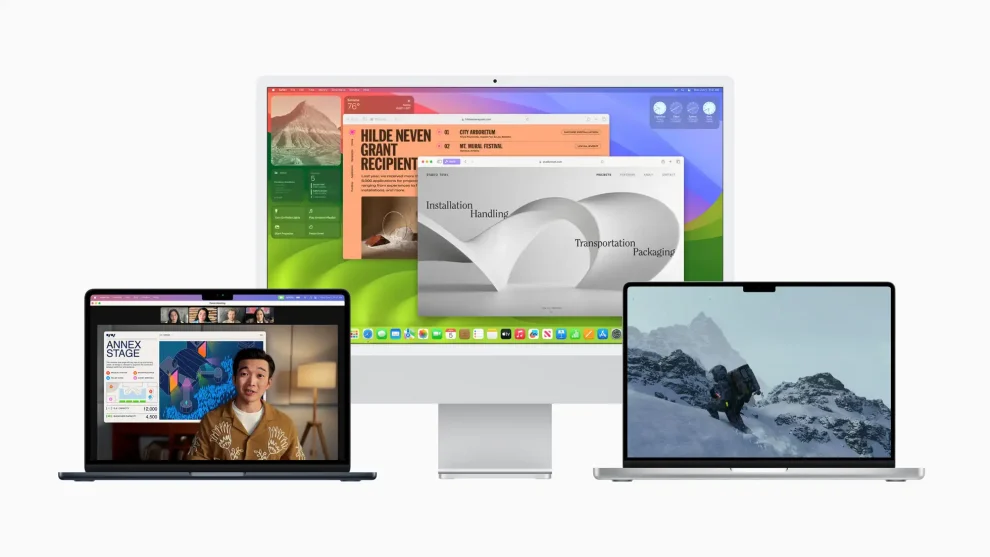Apple’s macOS operating system is known for its performance and stability, but it’s important to consider hardware compatibility when upgrading or installing macOS on older Macs. This comprehensive guide will explore the factors that influence macOS compatibility with older hardware, provide tips for optimizing performance, and discuss potential challenges and solutions.
Minimum System Requirements
To run macOS effectively, your Mac must meet certain minimum system requirements. These requirements can vary depending on the macOS version, but generally include:
- Processor: Intel Core processors (specific models may vary)
- RAM: At least 4GB of RAM is recommended, but more may be required for demanding tasks.
- Storage: Sufficient storage space is needed for the macOS installation and your files.
- Graphics: A compatible graphics card is essential for displaying the macOS interface and running applications.

Compatibility Challenges with Older Hardware
- Processor Limitations: Older processors may struggle to handle the demands of newer macOS versions, leading to slower performance and potential compatibility issues.
- Graphics Card Limitations: Some older graphics cards may not be fully compatible with the latest macOS features or may experience performance bottlenecks.
- Storage Limitations: If your Mac has a limited amount of storage, you may encounter performance issues or have difficulty installing updates.
- Driver Compatibility: Older hardware components may require specific drivers that are not available for newer macOS versions.
Optimizing macOS on Older Hardware
- Update Drivers: Ensure that you have the latest drivers for your hardware components, especially graphics cards and network adapters.
- Free Up Disk Space: Regularly delete unnecessary files and apps to free up disk space and improve performance.
- Disable Unnecessary Features: Turn off features that you don’t need, such as visual effects or background processes, to conserve system resources.
- Use a Solid-State Drive (SSD): Upgrading to an SSD can significantly improve performance, especially for older Macs.
- Check for Compatibility Updates: Keep your apps and software up-to-date to ensure compatibility with macOS.
macOS Versions and Compatibility
- macOS Monterey (12.0): The latest macOS version, Monterey, requires a Mac with an M1 or M2 chip or an Intel processor from 2016 or later.
- MacOS Big Sur (11.0): Big Sur requires a Mac with an Intel processor from 2013 or later.
- macOS Catalina (10.15): Catalina requires a Mac with an Intel processor from 2012 or later.
- macOS Mojave (10.14): Mojave requires a Mac with an Intel processor from 2012 or later.
- macOS High Sierra (10.13): High Sierra requires a Mac with an Intel processor from 2011 or later.
Alternatives for Older Macs
If your Mac is too old to run the latest macOS versions, you may consider the following options:
- Upgrade to a Newer Mac: If your budget allows, upgrading to a newer Mac with compatible hardware can provide a significant performance boost and access to the latest macOS features.
- Use a Virtual Machine: If you have a compatible PC, you can install macOS on a virtual machine to run alongside your current operating system.
- Consider a Chromebook: Chromebooks are becoming increasingly popular as affordable and lightweight alternatives to traditional laptops.
Conclusion
While macOS is designed to be compatible with a wide range of hardware, older Macs may face limitations. By understanding the factors that influence compatibility, optimizing your system, and considering alternative options, you can continue to enjoy the benefits of macOS on your older Mac.
















Add Comment